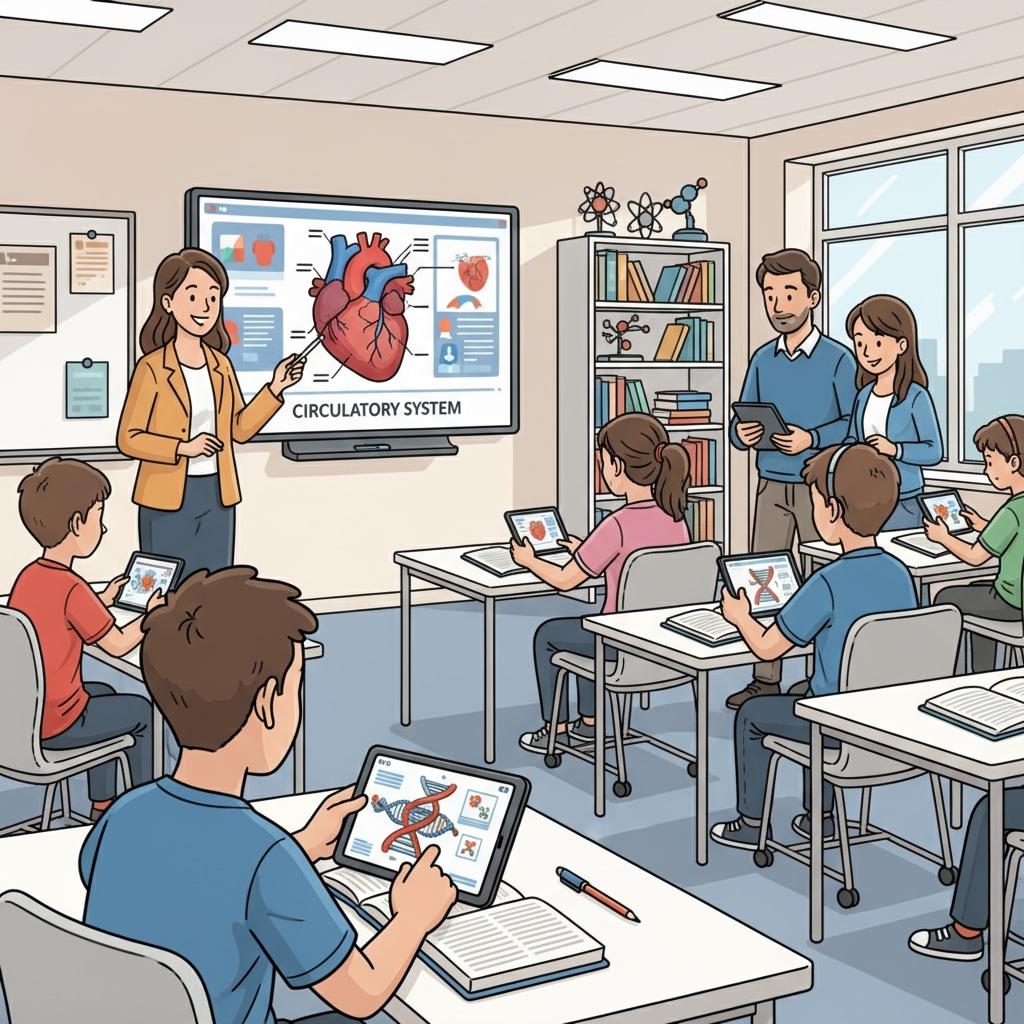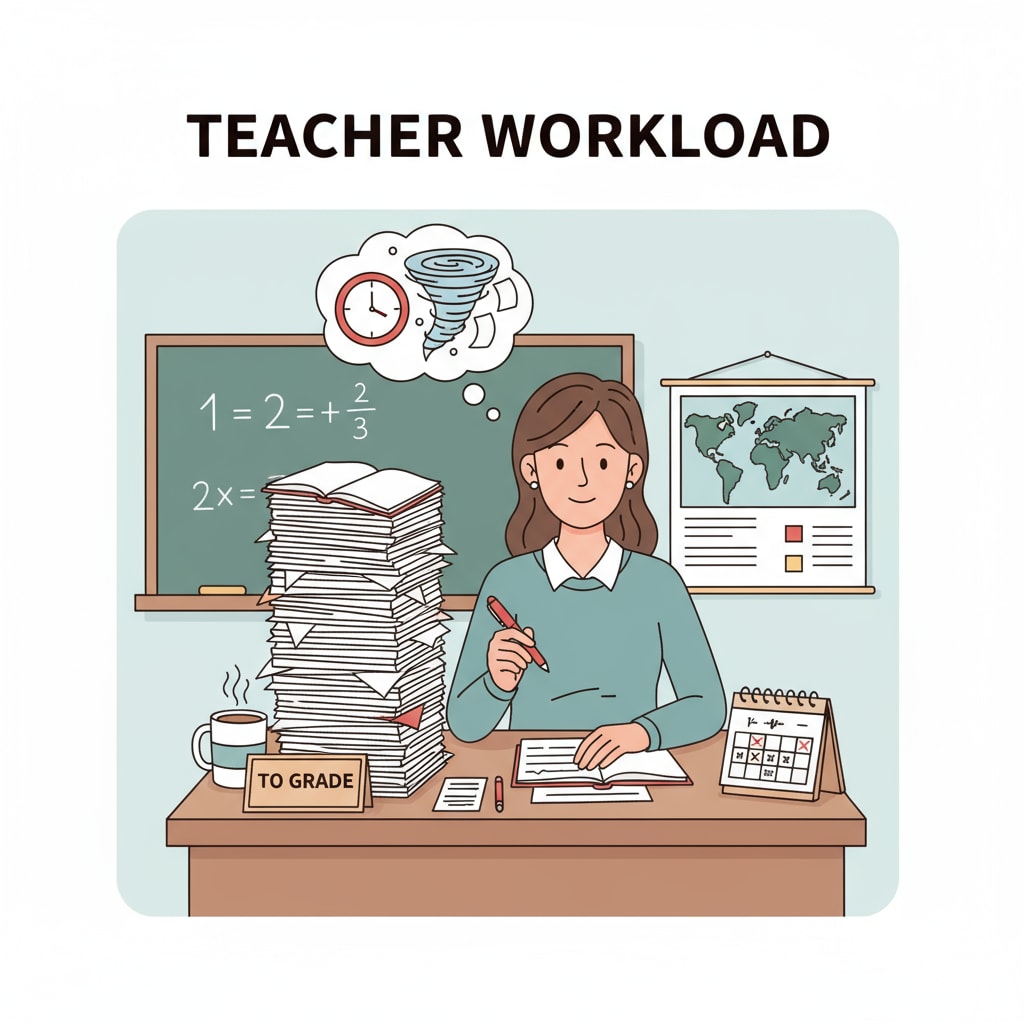Teacher workload, educational technology, and teaching experience are intertwined aspects in the modern educational landscape. Teachers today are often burdened with numerous tasks, from lesson planning to grading, and educational technology holds the potential to alleviate these burdens and enhance the overall teaching experience. To develop truly effective educational technology solutions, it is crucial to listen to the voices of front – line teachers.

The Current State of Teacher Workload
Teachers face a wide range of tasks that contribute to their heavy workload. Lesson planning alone can be time – consuming, as educators need to design engaging and effective teaching materials. In addition, grading student assignments, providing feedback, and managing classroom behavior all add to their daily responsibilities. According to National Center for Education Statistics, many teachers spend hours outside of regular school hours on these tasks. This heavy workload not only affects teachers’ well – being but also has the potential to impact the quality of teaching.

The Role of Educational Technology in Teaching
Educational technology has emerged as a powerful tool in recent years. It offers various possibilities, such as online teaching platforms, digital assessment tools, and interactive learning materials. For example, online teaching platforms can enable teachers to conduct classes remotely, which is especially useful in situations like the recent global health crisis. Digital assessment tools can automate the grading process for multiple – choice and short – answer questions, saving teachers significant time. As stated by International Society for Technology in Education (ISTE), integrating technology into teaching can enhance student engagement and learning outcomes. However, for these benefits to be fully realized, the technology must be tailored to the real needs of teachers.
To ensure that educational technology truly serves teachers, a comprehensive research approach is needed. This involves systematically collecting teachers’ feedback on their job satisfaction, daily work processes, and their current use of technology. By understanding what teachers like and dislike about existing educational technology, developers can design solutions that are more user – friendly and effective. For instance, if teachers find a particular digital assessment tool difficult to use, developers can focus on improving its interface and functionality.
In conclusion, by listening to the voices of front – line teachers and conducting in – depth research, we can develop educational technology solutions that effectively reduce teacher workload and enhance teaching experience. This will not only benefit teachers but also lead to improved educational outcomes for students.
Readability guidance: The article uses short paragraphs to present information clearly. Key points are summarized in a logical manner. Each H2 section provides essential details, and external links are added to support the content. Transition words like ‘in addition’, ‘for example’ are used to make the flow smooth. The use of passive语态 is minimized, and sentence lengths are kept within the appropriate range.


